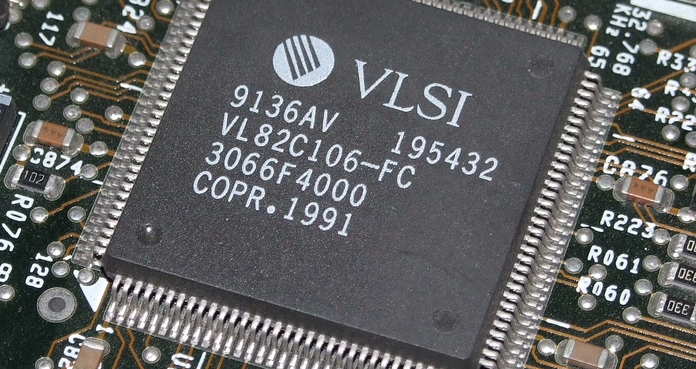In a recent development, the India Cellular and Electronics Association (ICEA) has shed light on the impediments plaguing the country’s flourishing electronics manufacturing sector. Despite the presence of a production-linked incentive (PLI) scheme designed to boost the industry until 2026, high input tariffs are reportedly casting a shadow over the sector’s growth.
Tariff Challenges and Recommendations
According to the ICEA report, the cost disabilities arising from elevated input tariffs are adversely affecting the cost of production, particularly in the mobile manufacturing segment, where costs are expected to surge by approximately 4%. This increase negates the benefits extended by the PLI scheme, which has been instrumental in driving a nearly 100% surge in mobile phone exports to $1.1 billion and a 56% growth in electronics exports to $23.6 billion by March 2023.
The report advocates for a strategic approach to align India’s input tariffs with those of key competitors such as Vietnam and China over the next two years. It emphasizes the need for a well-defined glide path for tariffs, pointing out that India currently exhibits higher average tariffs in electronics, fewer zero tariffs, and elevated tariff peaks compared to its counterparts.
India’s Competitiveness Decline
In a comprehensive study spanning India, China, Vietnam, Thailand, and Mexico, covering 120 critical components, the ICEA found that escalating tariffs on inputs result in increased production costs, eroding India’s competitiveness in the global electronics market. These countries also become solid competitors in such fields as gambling, with a widening number of online casinos supporting their unique languages. For example, speaking about Thailand, you can notice the appearance of websites like this where you can find the list of online casino and online sportsbook reviews in the Thai language along with collecting many worthwhile bonuses. At the same time, despite lower tariffs, competing economies outperformed India in terms of exports and trade deficit for electronics, indicating a need for a recalibration of India’s tariff strategy.
India has witnessed a significant increase in tariffs since 2014, while its export growth has lagged behind that of its counterparts. The report highlights that 98% of tariff lines in India are higher compared to Vietnam, and 90% are higher compared to Thailand. The disparity in tariff structures has contributed to a scenario where competing economies with lower tariffs have fared better in terms of exports and trade balance for electronics.
Tariff Dilemma
The ICEA report emphasizes that tariffs, intended to support domestic production, act in the opposite direction by impeding cost-effective production and hindering export growth. It argues that high tariffs are effective during the import substitution phase but counterproductive when the industry transitions towards export-led growth.
Analyzing the selected 120 tariff lines, the ICEA found that 70% of these lines have tariffs of 8.25% or higher, with 58% exceeding 10%. The peak tariff stands at 27.5%, and only 26.6% of the lines have zero tariffs in 2023. In contrast, the competing economies showed an increase in tariff lines with zero tariffs, underscoring the need for India to reconsider its tariff policies.
The report also points out that increased Goods and Services Tax (GST) rates, rising from 12% to 18%, coupled with higher tariffs, have led to increased production costs for mobile phones in India compared to other manufacturing nations. The cost of production for mobiles is estimated to rise by about 4%, neutralizing the benefits offered by the PLI scheme.
ICEA Urges Reforms
Furthermore, the ICEA draws attention to the impact of the 18% GST, imposed since March 2020, on domestic demand. The industry association, representing major players such as Apple, Xiaomi, and Lava, recommends a thorough review of all duties imposed in the last five years to assess their current relevance.
To enhance competitiveness, the ICEA suggests keeping tariffs low, particularly in light of the nearly 11% depreciation of the Indian rupee against the dollar. Additionally, the association advocates for the rationalization of tariff tiers, proposing a reduction from six to three tiers, ranging from 0% to 10%.
Conclusion
The ICEA’s report underscores the urgent need for a comprehensive review of India’s tariff structure to ensure the sustained growth of the electronics manufacturing industry. By aligning with global competitors and adopting a phased reduction in input tariffs, India can position itself as a competitive player in the international electronics market, fostering domestic production and exports in the long run.




















